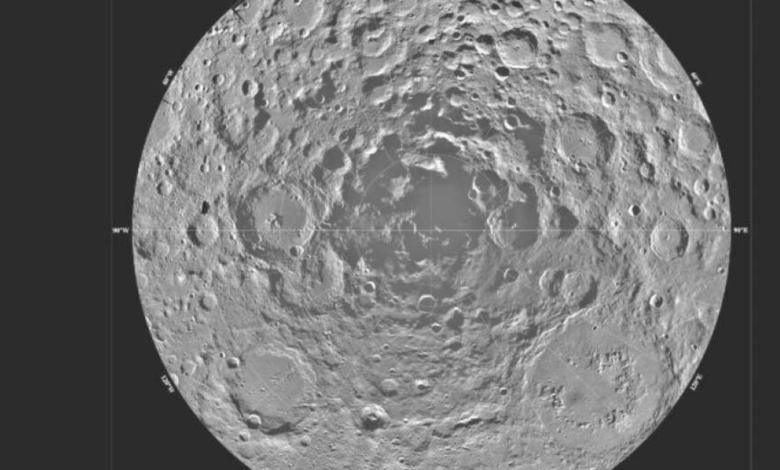NASA Artemis III man-moon mission’s potential landing sites to be announced soon

The Artemis I mission will allow NASA and other space researchers explore more of the Moon using modern equipment and technology.
The Artemis III mission is scheduled to take place in 2025, and NASA will host a media teleconference on Friday, August 19, at 2 p.m. EDT (11:30 p.m. in India) to reveal probable landing sites near the lunar South Pole. The briefing will be broadcast live on NASA’s website via audio. Until now, the last time humans stepped foot on the Moon was during NASA’s Apollo 17 mission in 1972.
Multiple landing zones exist within each geographical area. Each of the potential landing site areas was chosen for its scientific value after careful consideration of factors including topography, connectivity, and illumination, as well as the feasibility of achieving research goals. In the next months, NASA will consult with the wider scientific community to examine the relative merits of each area.
To pave the way for a permanent lunar presence and as a stepping stone for sending people to Mars, NASA plans to land the first woman and the first person of colour on the Moon as part of the Artemis missions. Artemis III will be the first Artemis mission to include a crewed lunar landing, and NASA has chosen SpaceX’s Starship to supply the human landing system to transport astronauts from lunar orbit to the surface of the Moon.
For now, engineers are conducting the last integrated test as NASA is set to launch the Artemis 1 spacecraft on August 29 this year, according to the official schedule. The spacecraft arrived at the launch site, following which weather and other affecting variables will be assessed.
In the event of an emergency, the Space Launch Delta 45 must be able to stop the launch of any rocket. After FTS tests are done, the Eastern Range has a deadline for SLS to take off. NASA has been given a 25-day extension from Space Launch Delta 45 on the certification of the FTS, allowing them to meet the August 29 launch attempt and backup attempts on September 2 and 5. During all of Artemis I’s launch attempts, the waiver will remain in effect.
Commander Campos has brought on board the Matroshka AstroRad Radiation Experiment torsos Helga and Zohar, which are equipped with sensors to assess the radiation levels to which the crew of the future will be exposed. Once the rocket and spacecraft are at the launch pad, the remaining payloads, such as the agency’s Biology Experiment-1, will be placed.
This story has not been edited by News Mania staff and is published from a syndicated feed
Photo: Internet






